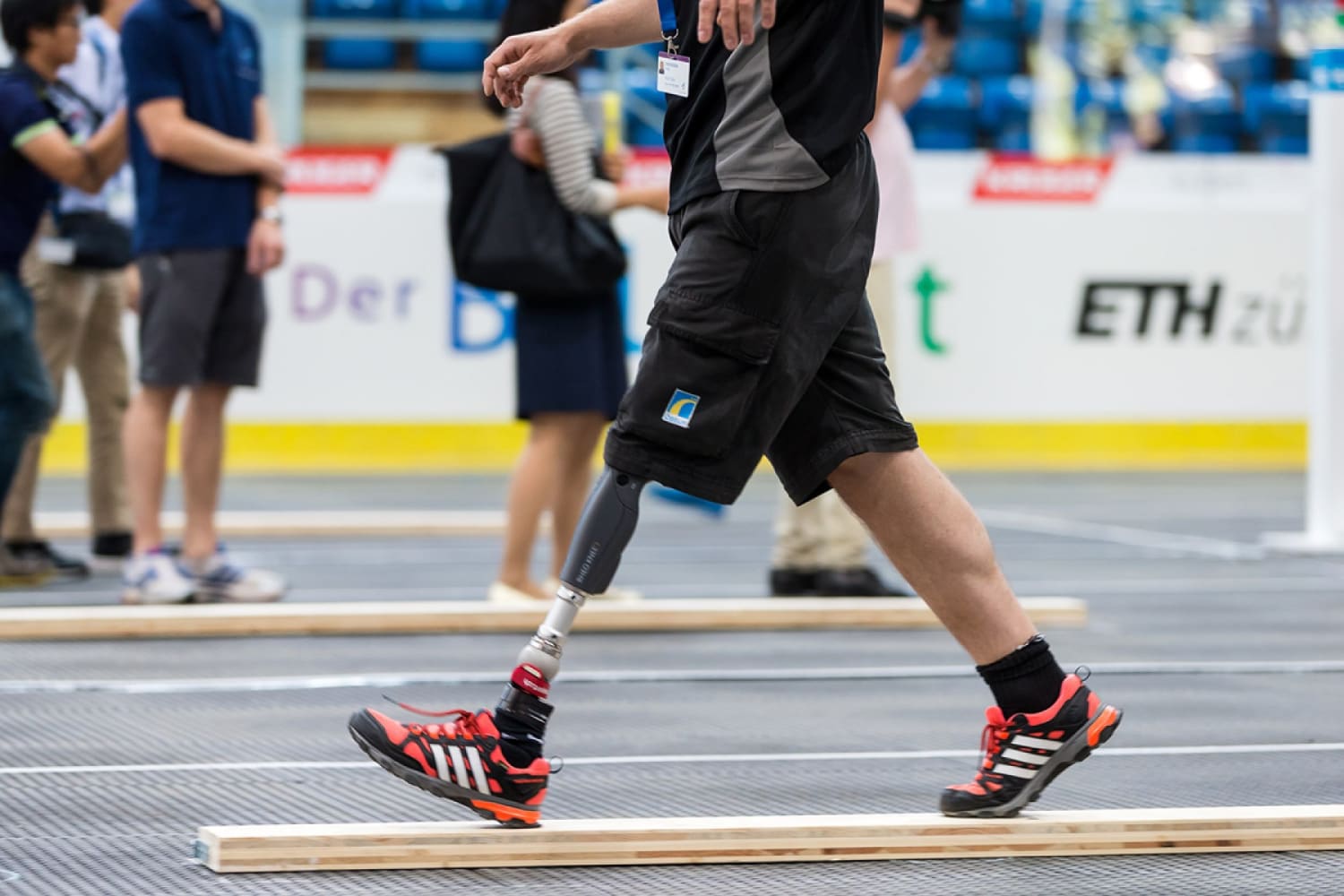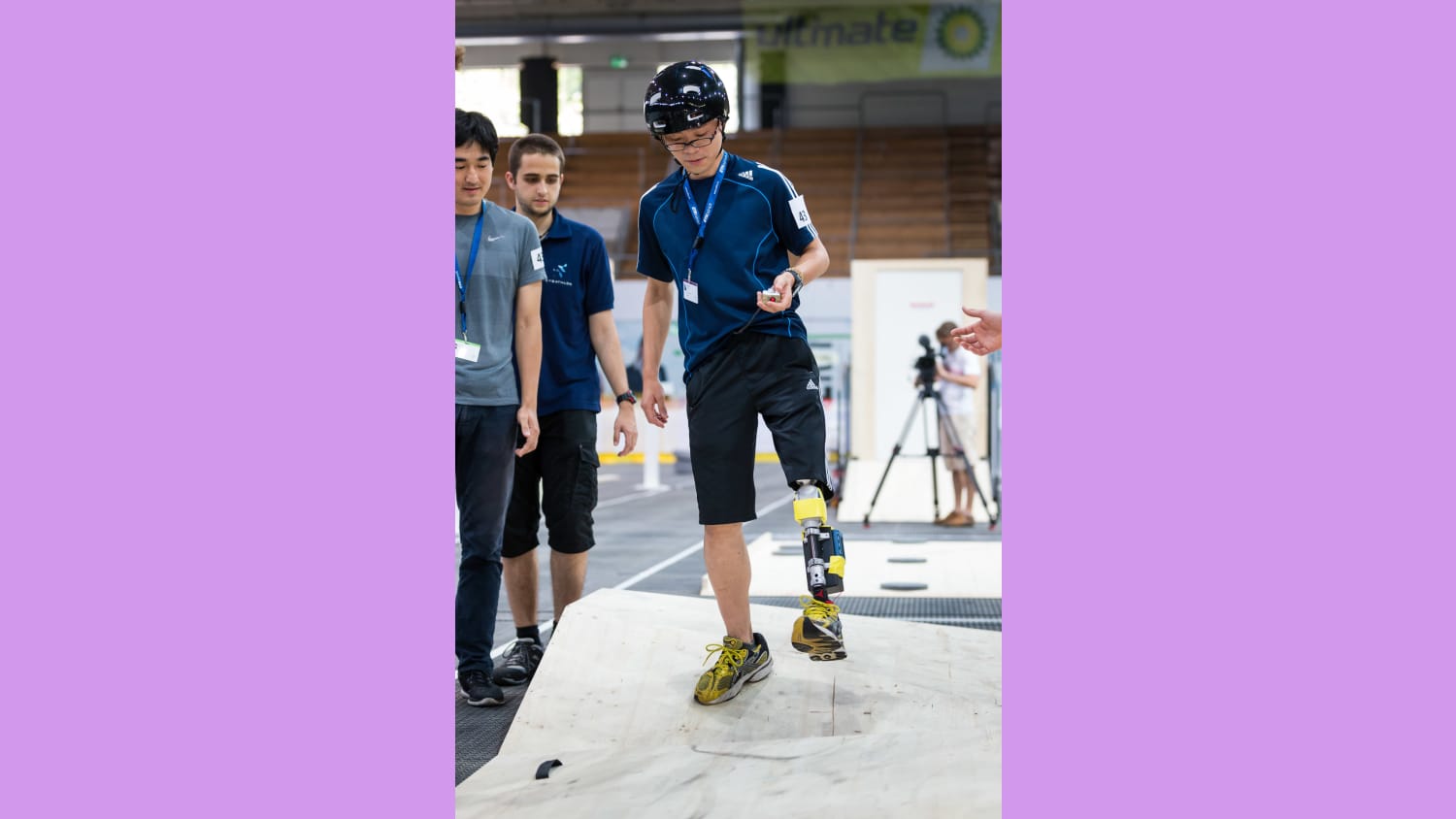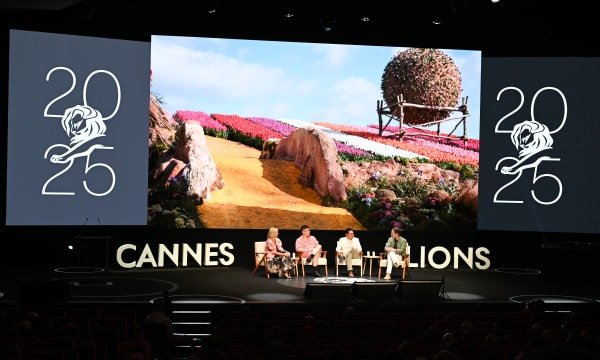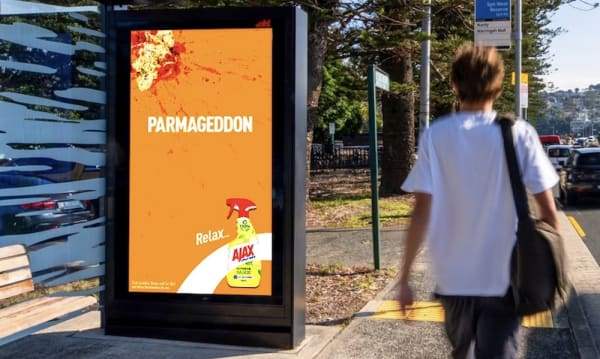Taking place on October 8th in Switzerland, the biannual Cybathlon championship will see disabled athletes compete in a series of challenges using advanced prosthetics, exoskeletons, and other new assistive technologies.
Unlike the Paralympics, which prohibits the use of powered technology, the Cybathlon encourages powered devices and the use of the newest, most advanced prototypes. First and foremost, the competition is an opportunity to promote and encourage improvements in the field.
Organized by Professor Robert Reiner from technology institution ETH Zurich, the event will see competitors or “pilots” tackle everyday tasks from climbing a flight of stairs to cutting a slice of bread. The six challenges include an exoskeleton race, an arm prosthesis race, a leg prosthesis race and a wheelchair race, focusing on physical enhancement.







